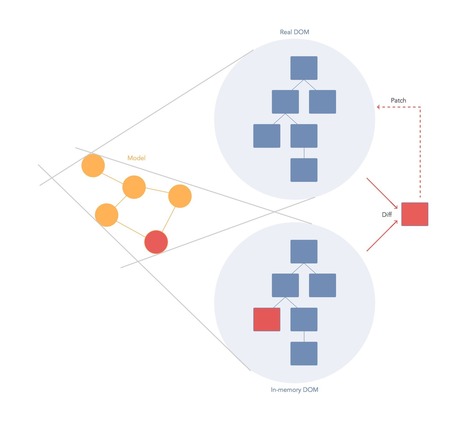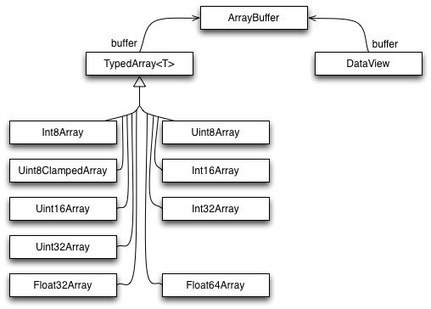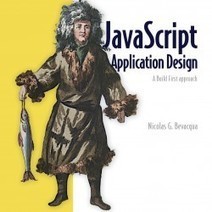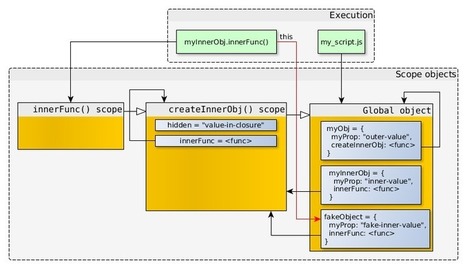In category theory, the concept of catamorphism (from Greek: κατά = downwards or according to; μορφή = form or shape) denotes the unique homomorphism from an initial algebra into some other algebra.
Research and publish the best content.
Get Started for FREE
Sign up with Facebook Sign up with X
I don't have a Facebook or a X account
Already have an account: Login

Keeping track of current JavaScript Frameworks that help design your clientside Business Logic Layers.
Curated by
Jan Hesse
 Your new post is loading... Your new post is loading...
 Your new post is loading... Your new post is loading...
No comment yet.
Sign up to comment

Arik Grinstein's curator insight,
September 11, 2015 4:26 AM
Types in javascript. Where is the world coming to ??? :) |
|






























